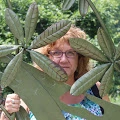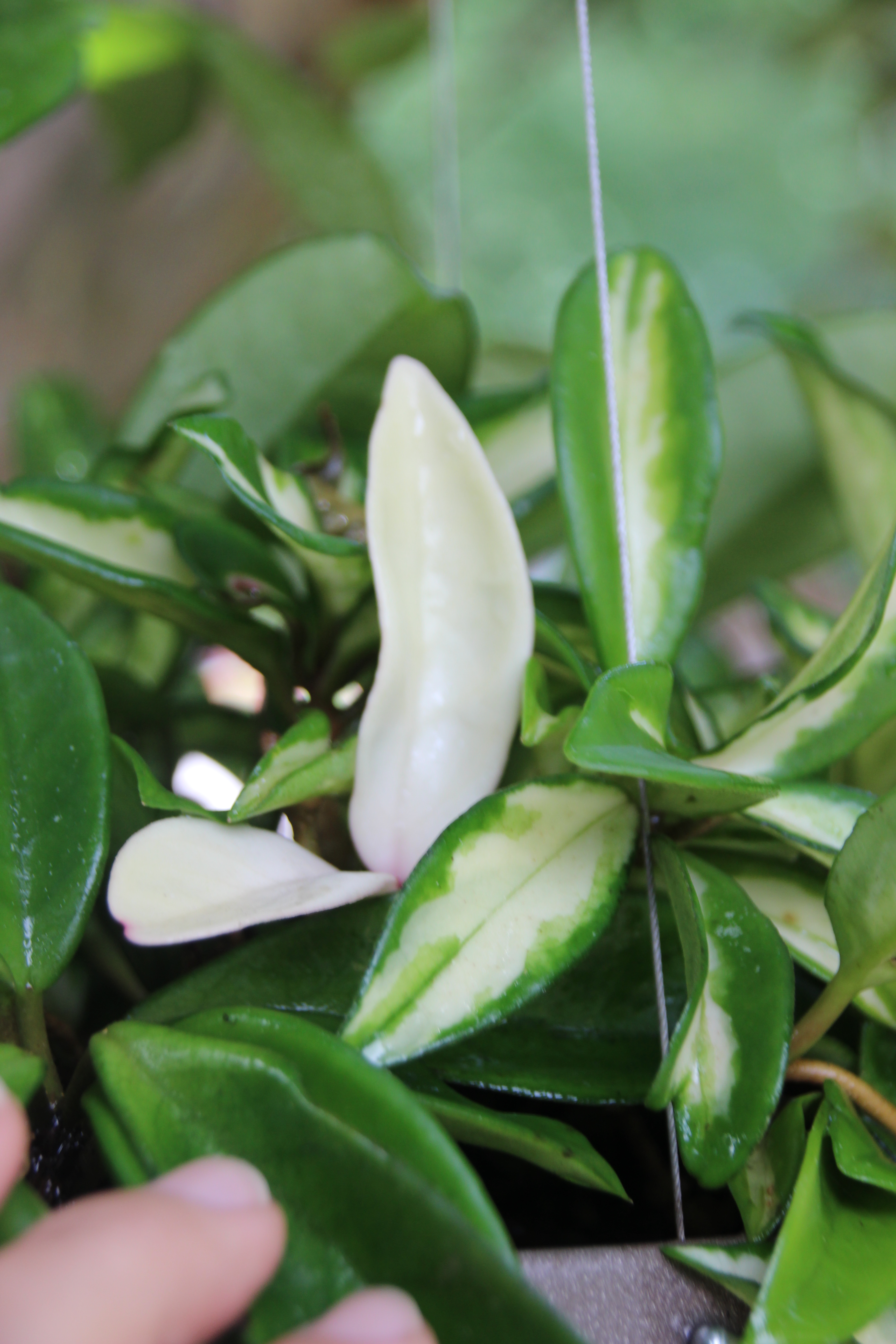I spent a lot of time hanging out around the hydrangea yesterday.
My huge Oakleaf Hydrangea is cover in gloriously aromatic blooms.

It is abuzz with bees and many other types of flyers.

I closed my eyes and breathed in the scent as I listened to the hum.
The Oakleaf Hydrangea has blooms about a foot long which blush pink as they age.

The bract-like, sterile flowers serve as umbrellas to protect the pollen and shade the pollinators.
They are like tiny parasols for the blizzard like blooms underneath.

I watched as the bees flew into the blizzard and emerged loaded with pollen.
It looked like a foam party made of meringue. It smelled like one, too.

The Oakleaf hydrangea is a busy place these days.
That’s where you will find me and the bees.
FLOW













